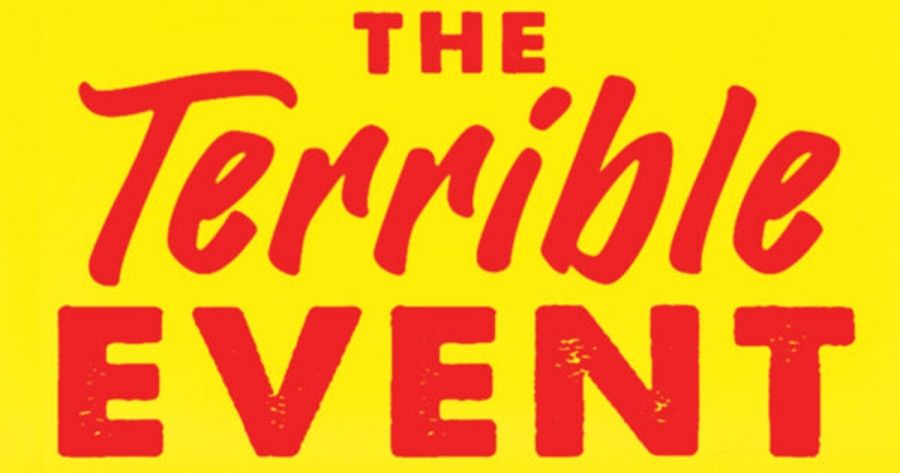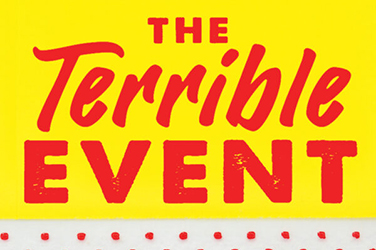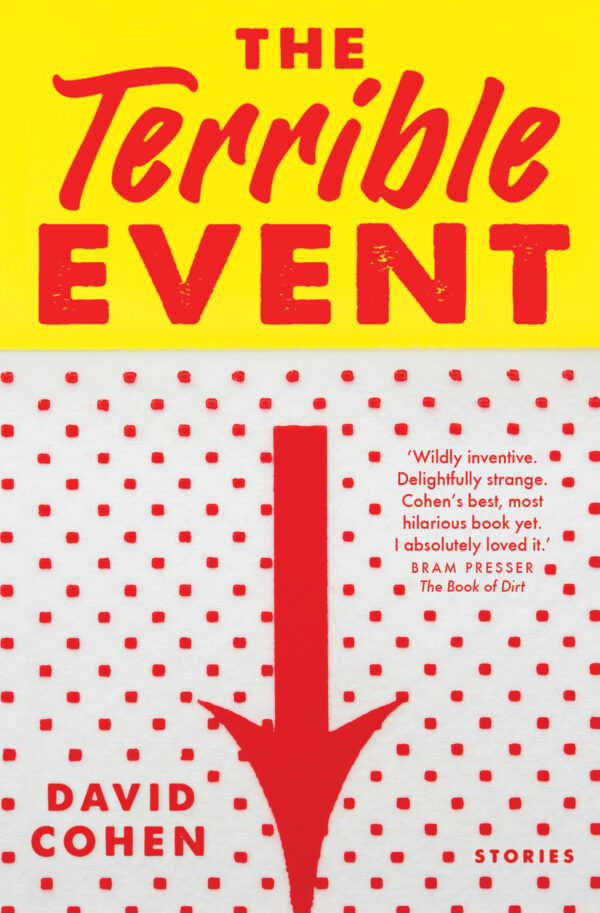
- Free Article: No
- Contents Category: Fiction
- Review Article: Yes
- Article Title: Just more unravelling
- Article Subtitle: AI infiltrates ABR
- Online Only: No
- Custom Highlight Text:
Hassled by deadlines and stricken by illness, I made a very modern deal with the devil. I asked ChatGPT to help me review David Cohen’s new short story collection, The Terrible Event. For the past few months, this text generating tool has made news by using AI technology to write everything from A+ high-school essays to faux-Nick Cave lyrics. Surely, then, it could provide some scaffolding for a thousand-word book review, a few handholds to help a tired reviewer scurry over this task and on to the next?
- Featured Image (400px * 250px):

- Alt Tag (Featured Image): Alex Cothren reviews 'The Terrible Event' by David Cohen
- Book 1 Title: The Terrible Event
- Book 1 Biblio: Transit Lounge, $29.99 pb, 224 pp
- Book 1 Cover Small (400 x 600):

- Book 1 Cover (800 x 1200):

‘Assess the character development. Do the characters seem well-rounded, compelling, and relatable? Or are they one-dimensional, flat, or difficult to connect with?’ This is a little trickier. Cohen’s characters are extremely one-dimensional, with everything we learn about them funnelled through exposition on a single obsession: an absent co-worker, a childhood toy, a research project on roadside memorials. But this is not exactly a flaw, and in fact has forever been Cohen’s way, ever since his first novel, Fear of Tennis (2007), opened with the neurotic narrator explaining how ‘the sight of a well-designed, well-maintained public toilet always filled me with pleasure’. The characters are admittedly flat, although it’s compelling to watch the anxiety build as they themselves become aware of this flatness: ‘Mark wondered, again, if his own brain was a fairly simple piece of technology containing a set of prerecorded catchphrases and nothing more’. In many cases, they are also repulsive, such as the teen activists in ‘Mr Cheerio’ whose interest in helping the homeless is a poorly masked ego battle: ‘I genuinely hated intolerance and bigotry, but she was the one getting nearly all the attention.’ You wouldn’t want to connect with them, and you couldn’t anyway, as most are about as physically and psychically disconnected from society as possible: ‘I spent a lot of time sitting in my Toyota Yaris ... recording my own observations.’ But then isn’t such isolation terribly relatable to many? After all, I’m sitting in a room alone, talking to an algorithm.
‘Evaluate the author’s writing style. Is it vivid, and effective in conveying the story? Or is it dry, confusing, or overly descriptive?’ Now, this is even messier, because Cohen is effective at using dry, confusing, overly descriptive language. He is a master of corporate gibberish, that language of cautious higher-ups carefully sucking all marrow of meaning from each sentence they release. For example, the title story tracks how a director’s obsession with the ‘value of an online survey’ ends up warping the name of a memorial that once ‘articulated in no uncertain terms the precise nature and location of the event’ into ominous Newspeak: ‘Place Where We Remember the Thing That This Place Is Here to Commemorate’. Cohen shows us how hollow language corrodes people’s values beyond the office, until they are power-walking for a ‘seventy per cent reduction in shlepping’ or gauging the impact of their political T-shirts via an ‘accolade-per-kilometre rate’. It is often funny stuff – Cohen is a previous winner of the Russell Prize for Humour Writing – but never ‘vivid’. And if our future BookBotReviewer overlords choose to adjudge writing by some floweriness-per-paragraph standard, what will happen to the Cohens, the Franz Kafkas, the George Saunders of the world? Too big a question; moving on!
‘Evaluate the pacing of the stories. Do they move at a good pace?’ Okay, but now what do you mean by a ‘good’ pace? The longest story here, ‘The Holes’, is nigh fifty pages of a character sitting in an office thinking to the rhythm of stationery: ‘As I’d think a thought, I’d make a hole; it was the more methodological approach.’ Its actual plot could be condensed into a haiku and have some syllables left, but it is also the collection’s strongest, most absorbing moment, an unflinching character study of someone for whom enlightenment has become ‘developing a much more comprehensive understanding of the company and its products and services’. Meanwhile, at a quarter of the length, ‘A History of Walking’ covers a protagonist’s entire life, from day care to dementia, although most of it is ‘devoted to thinking up passwords ... or trying to find his car’. In other words, these stories move at the pace of life itself: sometimes excruciatingly slow, sometimes terrifyingly fast. But you wouldn’t know that. You’ve never lived!
‘Finally, provide a rating for the book on a scale of 1–5.’ I’m sorry, but I’m struggling to construct a formula that can efficiently evaluate these fast/slow stories of flat/compelling characters told in confusing/effective language. I apologise for my human failings. Can’t you just write this yourself?


Comments powered by CComment